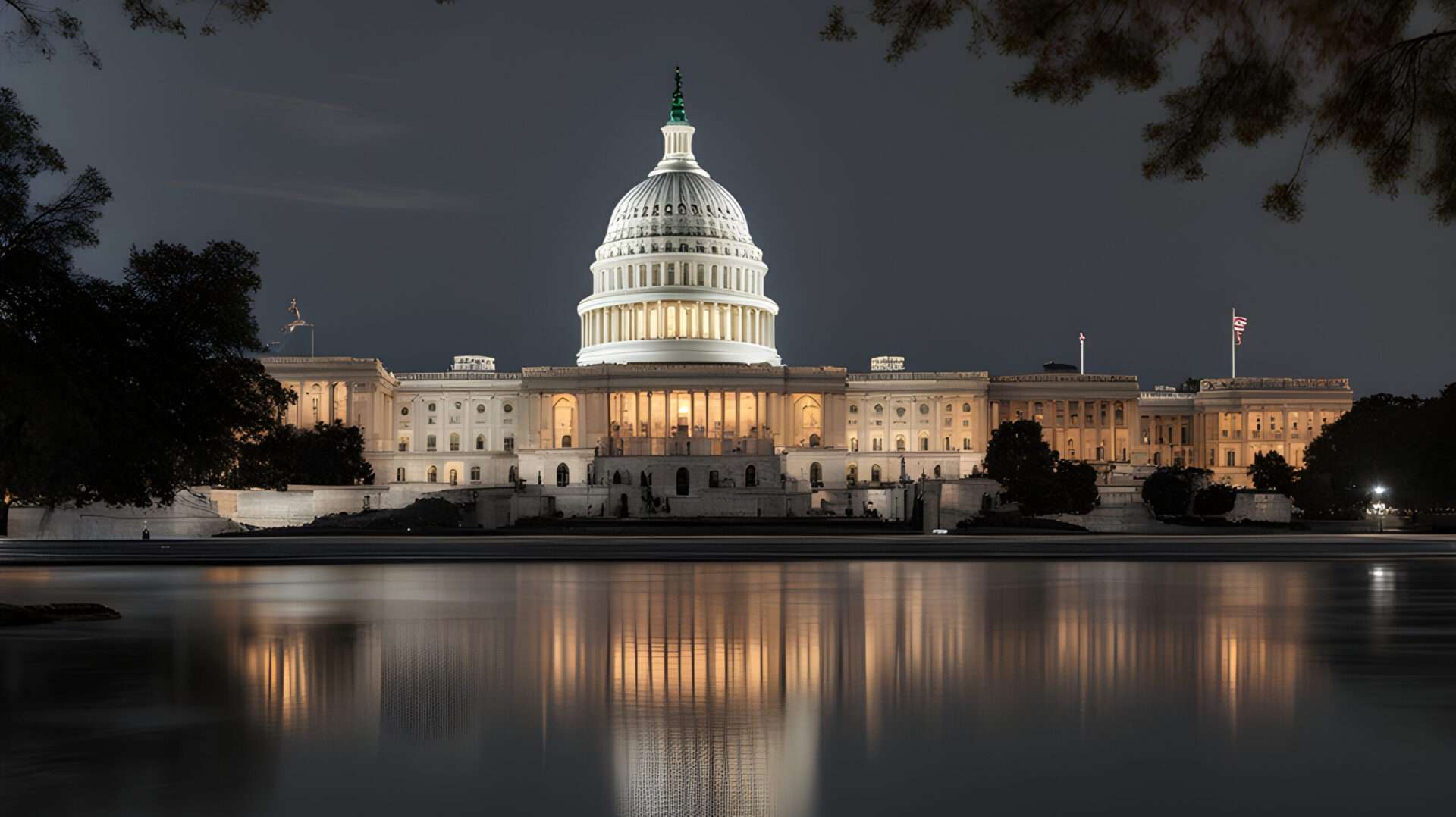Note: Political Awareness’s published communication is never authorized by any candidate or their committees.
The Fight for Women’s Suffrage
The second half of August has been marked with important dates in America’s history, including some of the most significant civil rights events. On August 26, 1920, the 19th Amendment, which granted women the right to vote, was ratified. The process of getting this amendment passed took decades of lobbying, protests, and grassroots organizing.
The amendment was first introduced in 1878, and women’s voting rights groups worked tirelessly in the following decades. Some organizations focused on passing state-level suffrage acts. By 1912, nine western states had adopted women’s suffrage legislation. Others took the fight to court, while some chose more confrontational methods such as picketing, silent vigils, and hunger strikes.
Although suffragists faced heckling, arrests, and even physical abuse, their efforts gained momentum. By 1916, most groups were united in demanding a constitutional amendment. President Woodrow Wilson eventually shifted his stance in 1918, lending support to the cause. The House ratified the amendment on May 21, 1919, and the Senate followed two weeks later. Finally, Tennessee became the 36th state to ratify it on August 18, 1920. A week later, on August 26, Secretary of State Bainbridge Colby certified the amendment, forever changing the American electorate.
Hawaii Becomes the 49th State
Just a few decades later, on August 21, 1959, Hawaii officially became the 49th state of the United States. The push for statehood had lasted for over half a century. Initially, American investors were drawn to Hawaii for its economic and strategic value. By 1893, the last Hawaiian monarch was overthrown, and in 1898, the islands became a U.S. territory.
For many years, statehood bills passed either the House or Senate but stalled before reaching the president’s desk. However, with the rise of the Cold War, Hawaii’s strategic location in the Pacific gained new importance. On March 18, 1959, President Eisenhower signed the Hawaii Admission Act into law. Just three months later, voters in Hawaii approved statehood by a margin of 17 to 1. Eisenhower signed the official proclamation on August 21, 1959.
Despite the celebration, many Native Hawaiians opposed statehood, pointing to the unjust coup of 1893. In 1993, the U.S. government issued a formal apology, though no reparations were offered.
The March on Washington
Another transformative August moment occurred on August 28, 1963, when more than 250,000 people attended the March on Washington for Jobs and Freedom. This event, the largest civil rights demonstration of its time, called for an end to racial discrimination and economic inequality.
The march had deep roots. Activist Asa Philip Randolph had first proposed a large-scale protest as early as the 1940s to challenge segregation in the military and defense industry. Two decades later, Randolph, alongside leaders like Martin Luther King Jr., John Lewis, James Farmer, Roy Wilkins, and Whitney Young, helped lead the historic march.
Although the government feared riots, the crowd remained peaceful. Nearly 6,000 National Guard troops and 5,900 police officers were on standby, yet no major incidents occurred. The day culminated in Martin Luther King Jr.’s powerful “I Have a Dream” speech at the Lincoln Memorial. The march pressured Congress to act, ultimately contributing to the passage of the Civil Rights Act of 1964 and the Voting Rights Act of 1965.
Hurricane Katrina
Finally, on August 29, 2005, Hurricane Katrina struck the Gulf Coast, becoming one of the most devastating natural disasters in U.S. history. The storm caused 1,833 fatalities and over $108 billion in damages.
Katrina first made landfall in Florida as a Category 1 hurricane before strengthening to a Category 5 in the Gulf of Mexico. By the time it hit Louisiana and Mississippi, it had weakened to a Category 3, yet it still unleashed catastrophic winds and storm surges. In New Orleans, levee failures led to massive flooding—leaving 80% of the city underwater by August 31.
The storm’s outer bands also generated several weak tornadoes in Alabama and Florida. Heavy rainfall and widespread flooding devastated homes, businesses, and infrastructure. Although federal, state, and local agencies responded, their efforts faced harsh criticism for delays, poor coordination, and lack of preparedness. The disaster exposed deep inequalities in disaster response and left lasting scars on the Gulf Coast.

Leave a Reply